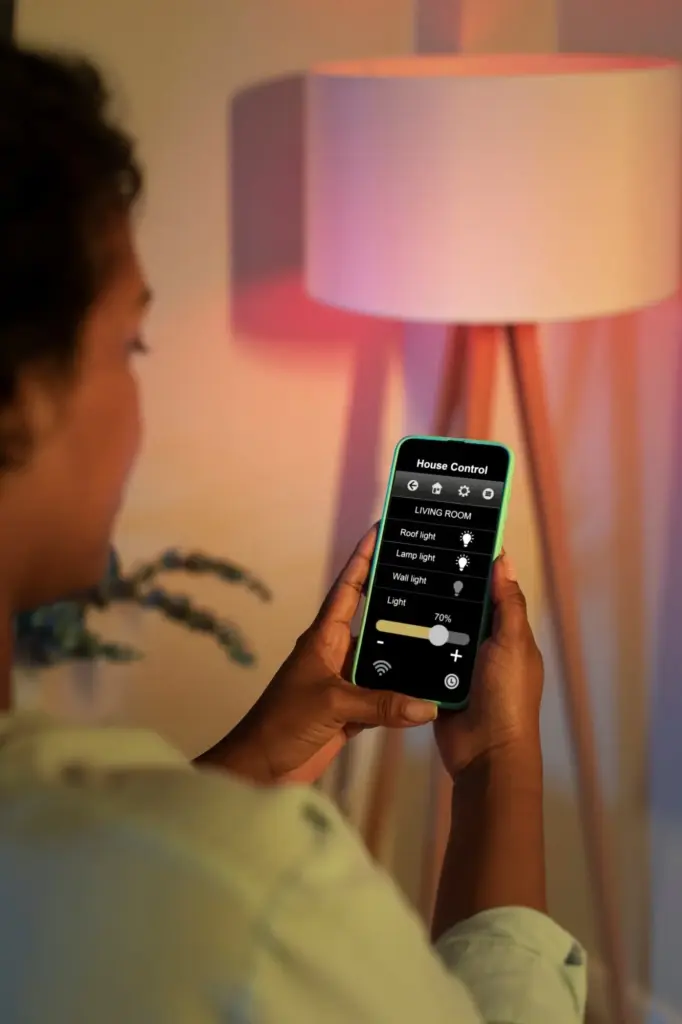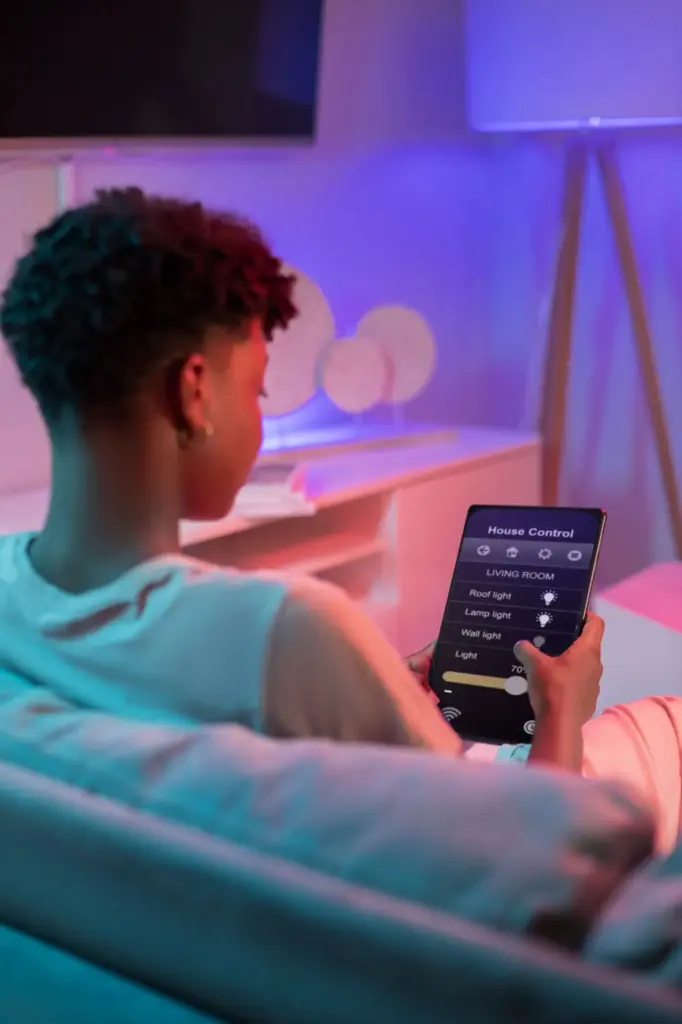Turn Chaos into Comfort: From First Power‑On to Rock‑Solid Automation
Blueprint for a Flawless First Power‑On


Commissioning Rituals that Prevent Night Calls
Signal Hunts: RF, Zigbee, Z‑Wave, Thread
Network Latency, Loops, and Rogue Rules
Security, Reliability, and Remote Safety Nets

Client Onboarding that Builds Trust
Hands‑On Training Everyone Remembers
Run a friendly walkthrough where each person triggers favorite scenes, sets custom schedules, and learns what to do when something seems off. Avoid technical jargon; speak in routines and outcomes. Share a five‑minute reset ritual for common hiccups. Take notes on preferences and rename controls accordingly. This small investment turns a complex system into a familiar companion and reduces the fear of pressing the wrong button dramatically.
Support Channels that Calm, Not Confuse
Offer one clear support email, a phone number with business hours, and an emergency line defined by criteria. Include a simple diagnostic form with photos and timestamps. Promise realistic response times and honor them. Automate acknowledgements so clients feel heard immediately. Publish a lightweight status page for outages. When help feels organized and predictable, minor annoyances never escalate, and you earn the priceless benefit of patient, cooperative conversations.
Designing for Graceful Degradation
Assume something will fail and plan delightful fallbacks. Provide local control for critical loads, manual overrides for shades, and default schedules that keep mornings working without the cloud. Alert users with clear messages, not cryptic codes. Prioritize recovery of lighting, climate, and security first. With layered resilience, the home continues feeling safe and comfortable, while you work behind the scenes to restore full magic without drama.
Real‑World Case Files and Lessons

The Phantom Motion at 2:03 A.M.

The Dinner‑Time Wi‑Fi Slowdown
All Rights Reserved.